Retro Replay Review
Gameplay
Crimson Planet centers around a deceptively simple yet deeply engaging puzzle system that unfolds as the player ascends a mysterious cosmic tower. From the very first level, the game requires you to employ pattern-recognition and matching skills, guiding a nameless traveler through a handful of abstract challenges. Each puzzle is presented with a minimalistic interface, relying solely on your mouse to interact, drag, and align various shapes and symbols.
What sets the gameplay apart is its organic learning curve. Early puzzles introduce core mechanics without any heavy-handed tutorials. Instead, you’re offered abstract hints that encourage experimentation. This approach keeps the experience fresh—nothing ever feels spoon-fed, and the satisfaction of cracking each level’s code grows as the challenges evolve.
Though the tower comprises only a few levels, each one is meticulously crafted to test different aspects of visual cognition and logical deduction. You’ll find yourself pausing to study patterns, retracing your steps when a solution slips from memory, and celebrating small victories when you finally achieve the perfect alignment. The pacing is deliberate, giving you space to breathe, reflect, and fully appreciate each puzzle’s nuance.
Graphics
Crimson Planet’s aesthetic is an exercise in atmospheric minimalism. The moment you arrive at the tower’s foot, you’re greeted by stark contrasts: deep shadows punctuated by vibrant hints of crimson. The bloody handprint on the tower doors stands out in shockingly bright red, setting a tone that’s both ominous and intriguing.
Inside the tower, the visual language shifts to abstract geometry. Shapes float against gradients that shift subtly as you progress, creating an ambient backdrop that complements the puzzle mechanics. The interface is clean—there’s no clutter, no extraneous HUD elements. This design choice ensures that your attention remains solely on the puzzles at hand.
While Crimson Planet isn’t a graphical powerhouse in the traditional sense, it achieves an immersive quality through careful use of color and light. The little red orb in the sky, glimpsed through high windows on the upper levels, casts a soft glow that ties every room together. It’s a masterclass in how simplicity can evoke mood without relying on photorealistic textures or high-polygon models.
Story
The narrative of Crimson Planet is delivered in fragments, beginning with an enigmatic prologue: an anonymous traveler arrives at the base of a tower marked by a bloody handprint. With no name, no backstory, and no spoken dialogue, the game leans entirely on environmental storytelling. Every puzzle you solve and door you unlock feels like a page turned in a silent chronicle.
As you ascend, cryptic symbols and abstract hints gradually reveal the tower’s purpose. You begin to sense that this structure is more than a series of obstacles—it’s a test, or perhaps a rite of passage. The sparse storytelling invites interpretation, allowing players to weave their own theories about who the traveler is and why the orb in the sky holds such significance.
The climax arrives when the tower finally “unmasks” itself and delivers the traveler to that small red orb hovering in space. There are no cutscenes, no elaborate exposés—just the raw, surreal moment when you realize that the puzzles were a path to transcendence. It’s a subtle, open-ended finale that lingers long after you’ve closed the application.
Overall Experience
Crimson Planet offers a concise yet memorable journey that stands out in the puzzle-adventure genre. Its streamlined mechanics and abstract presentation create an experience that’s both meditative and mentally stimulating. If you appreciate games that trust your intelligence and reward careful observation, this is one you won’t want to miss.
The union of minimalist graphics, ambient soundscapes, and thoughtfully designed puzzles results in an atmosphere that’s equal parts eerie and enchanting. There’s a quiet tension as you click and drag through each level, punctuated by moments of clarity when the solution falls into place. It’s a contemplative pace that allows you to fully immerse yourself in the journey.
Ultimately, Crimson Planet is best enjoyed in a single sitting, preferably in a dimly lit room with no distractions. It’s a short voyage, but its unique blend of abstract storytelling and refined puzzle design leaves a lasting impression. For puzzle enthusiasts and players seeking a game that challenges both the mind and the imagination, Crimson Planet delivers a compelling—and oddly beautiful—experience.
 Retro Replay Retro Replay gaming reviews, news, emulation, geek stuff and more!
Retro Replay Retro Replay gaming reviews, news, emulation, geek stuff and more!
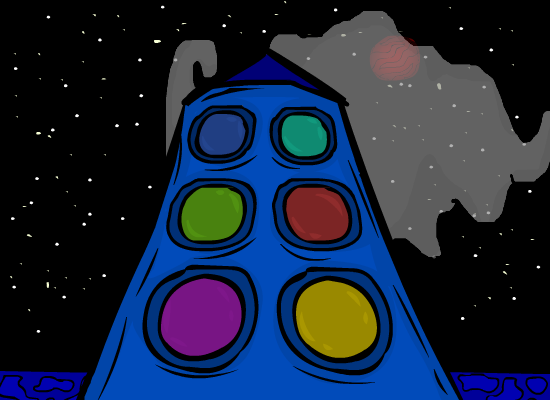
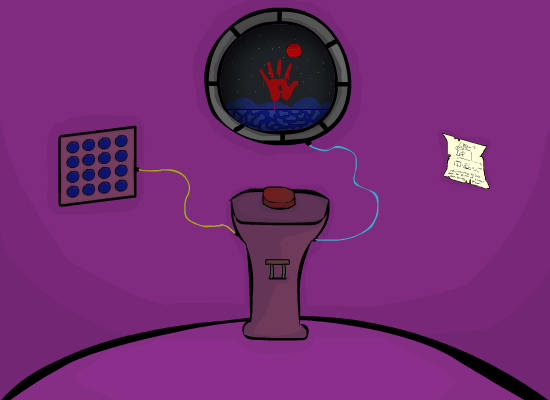
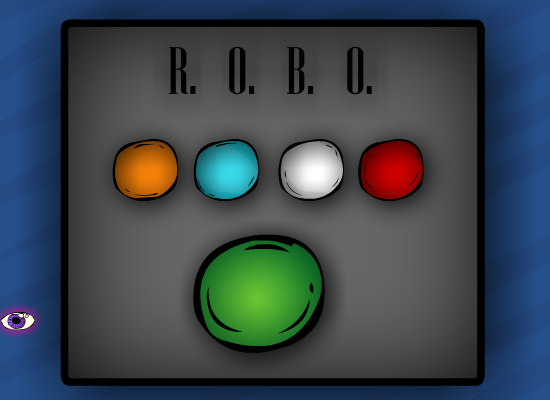
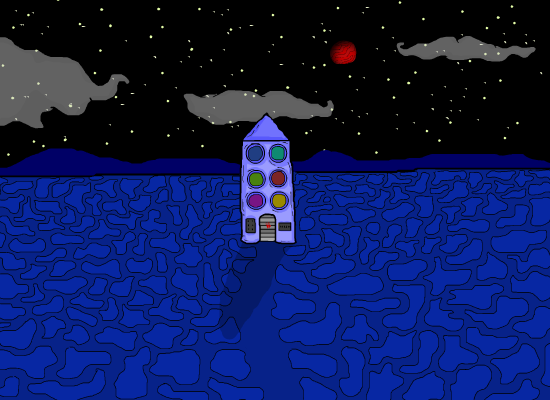
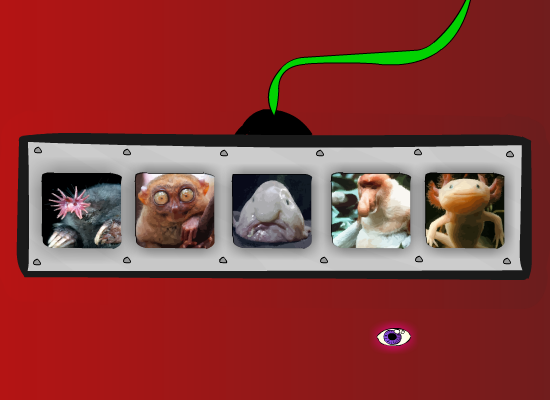

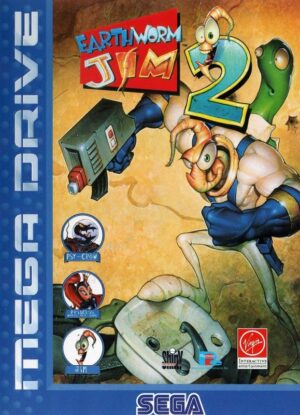

Reviews
There are no reviews yet.